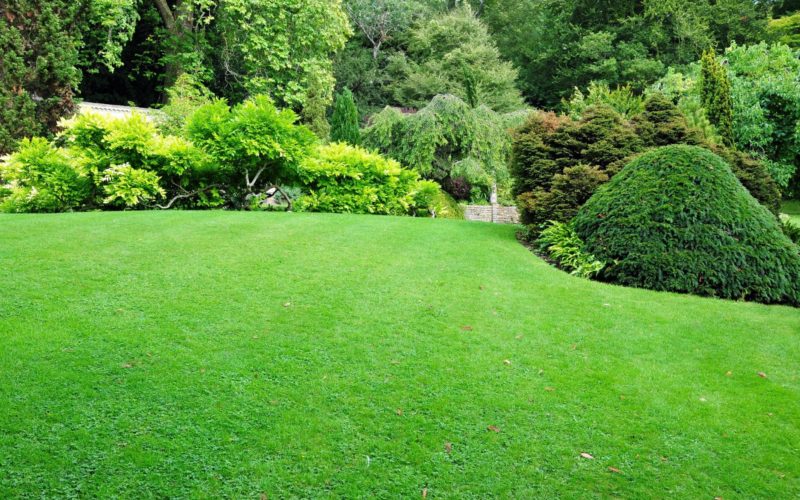Your lawn and landscape are the first things others will notice about your home. A neglected lawn can make a poor first impression. Left alone your lawn can become a haven for pests and diseases. Luckily, there are steps you can take that will give you a lawn that looks beautiful and that you will also want to walk barefoot in.
6 Step Fertilizer Program
- Crabgrass preventer with a slow-release fertilizer.
- Broadleaf spray with a slow-release fertilizer.
- Balanced slow-release fertilizer.
- Insecticide and grub control.
- Summer relief fertilizer.
- Slow-release fertilizer for winter.
All fertilizer applied in this program would be granular. Steps 3 and 4 are applied at the same time for the best results.
Common Lawn Weeds
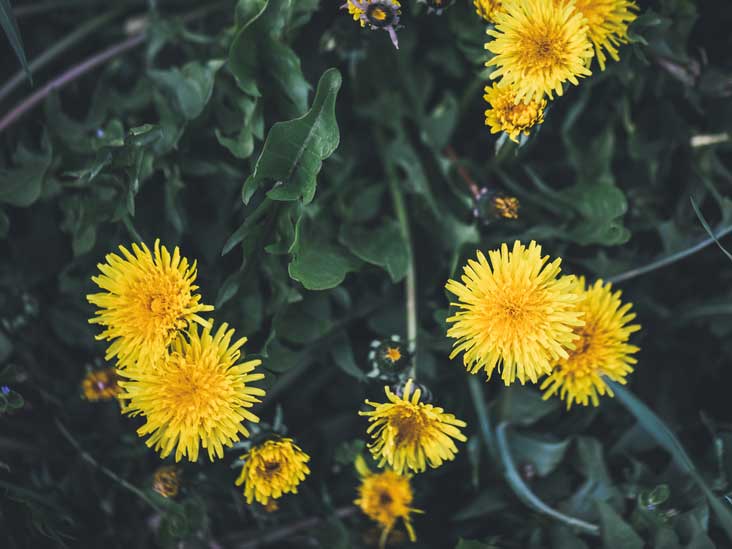
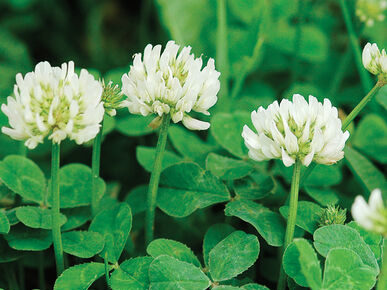
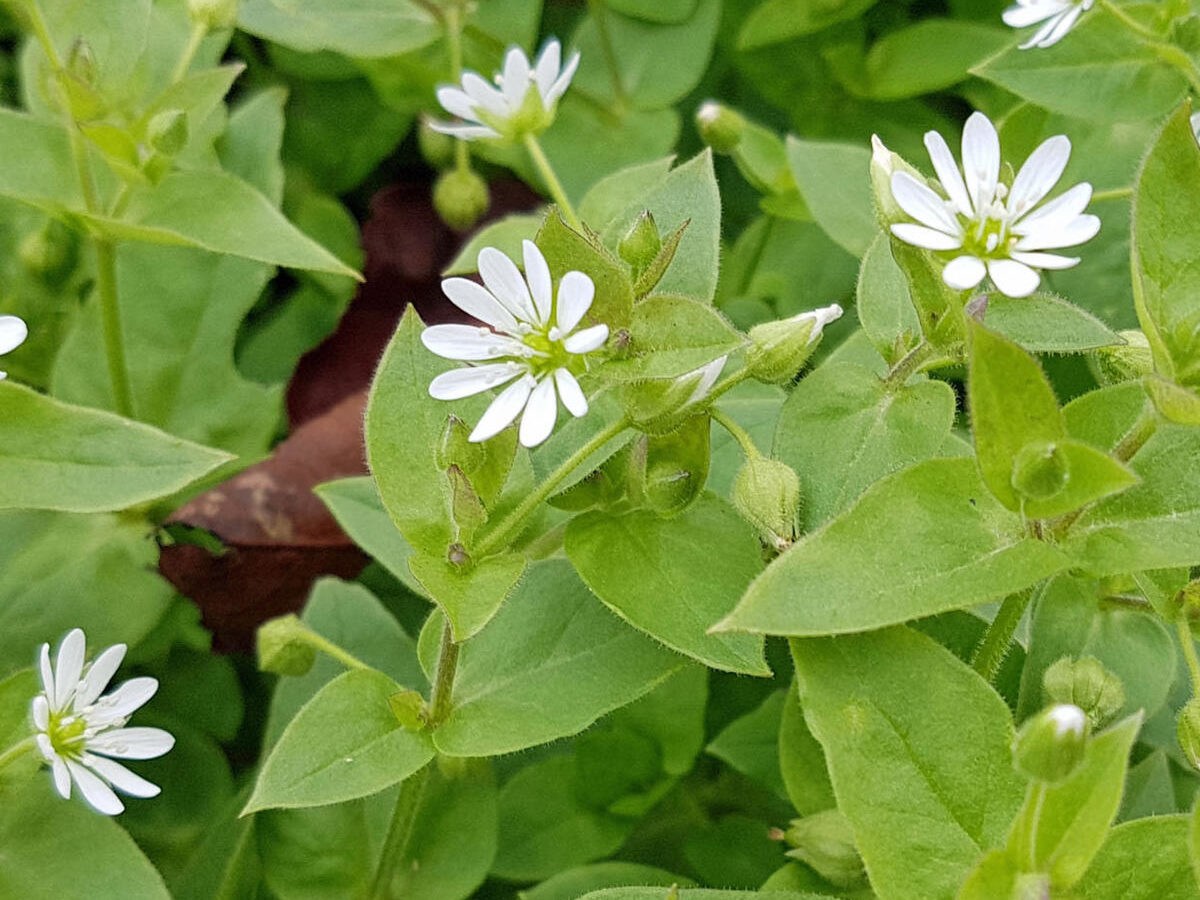
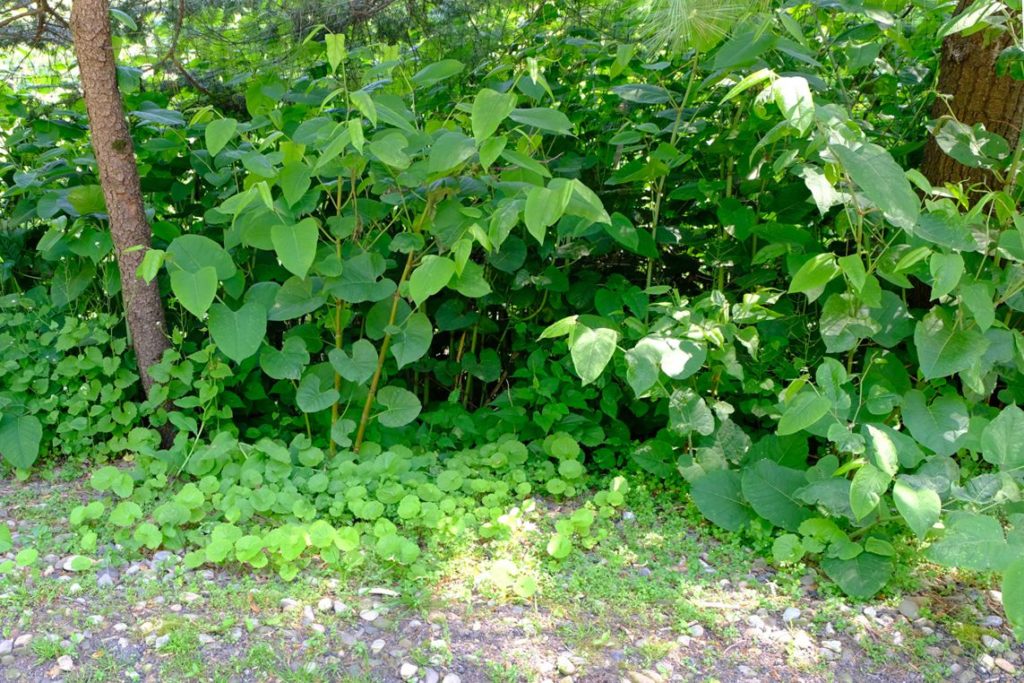

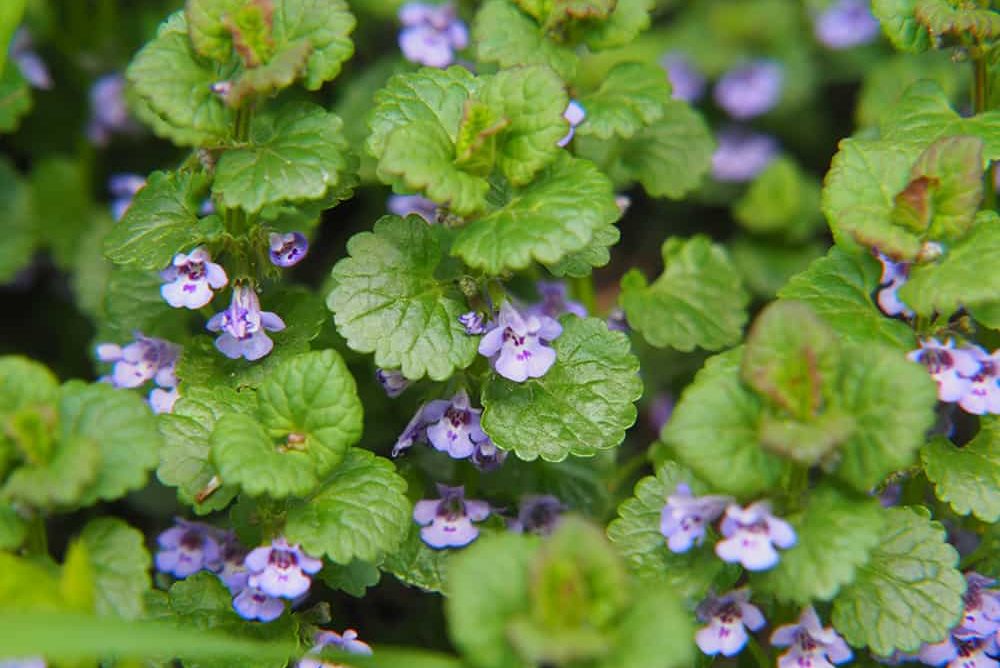
Common Lawn Diseases
- Snow mold is a fungus that is caused by snow covering the ground for long periods of time.
- Dollar Spot is often found during warm, wet weather.
- Rust causes grass to start thinning out. An orange powder will cover the blades of the grass.
- Pythium Blight occurs during hot and humid conditions. Poorly drained soils are infected.
- Anthracnose is caused by low mowing, heavy traffic, unbalanced fertility, and extreme temperatures.
Common Lawn Pests
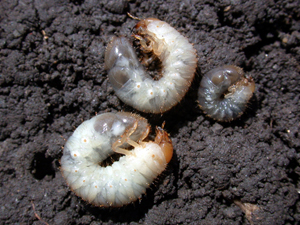
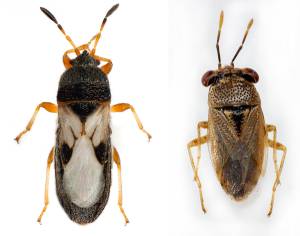
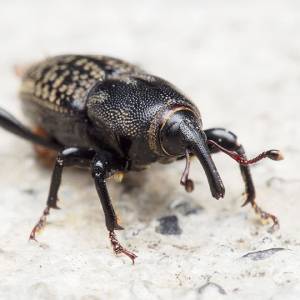
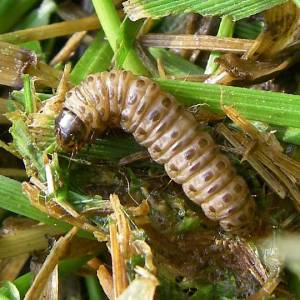
Control Methods
Weeds, diseases, and pests can destroy a lawn quickly. The best defense against these problems is routine maintenance including fertilizing and proper mowing.
- Enroll in Kiefer Landscaping’s 6 Step Fertilizer Program.
- Keep your mower blades sharp, mow at a minimum of 3.5 inches tall, and mow in opposite directions each time you mow.
- Aerate your lawn at least once a year.
- Apply a fungicide at the first sign of fungus.
- Remove all leaves and debris from your lawn.
- Check your lawn for insect damage.
- Maintain your lawn’s pH level between 6.5 and 7.
- Allow for proper drainage of your lawn.
- If watering is required, it is best to water in the early morning.
